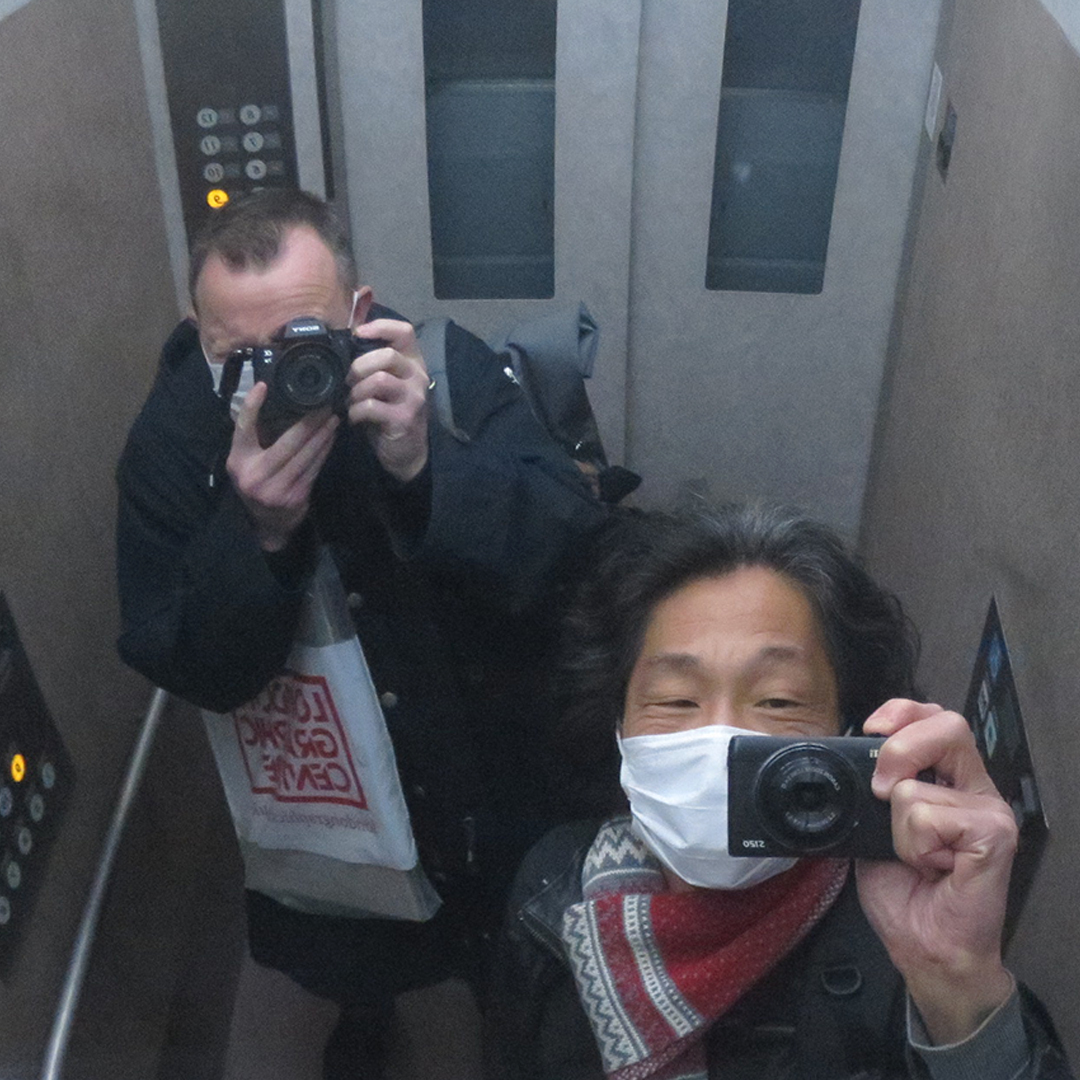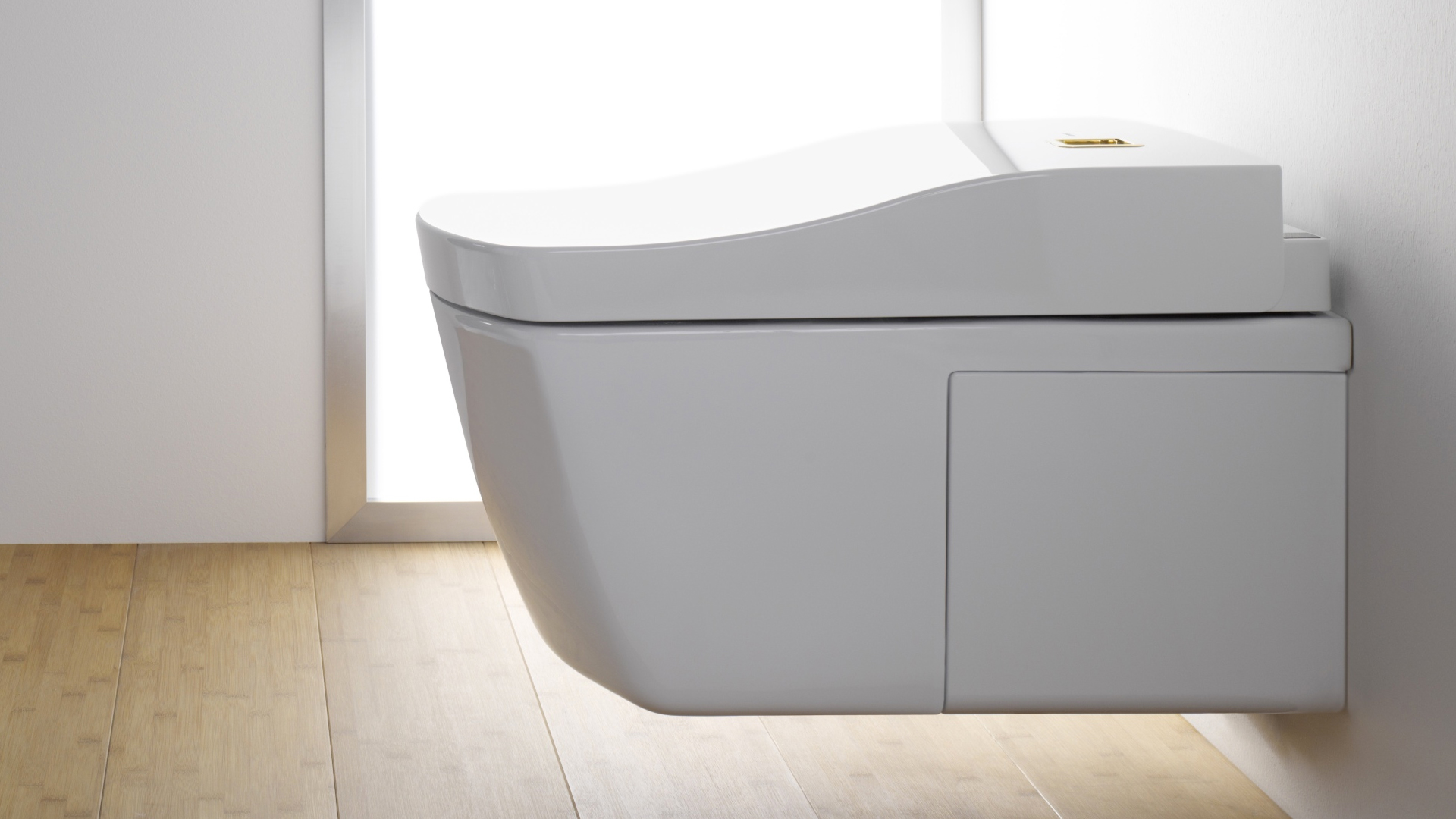After spending years being mesmerised Japan’s consumer electronic stores, I take a deep dive into consumer electronic retailing in Japan for Take on Japan – heres what I found.

The Consumer Electronic Retail Landscape
Online shopping is growing exponentially in Japan which is currently the fourth largest market for online sales, behind China, USA and the UK. The big players are Amazon and home-grown retailer Rakuten. What separates Japan from other countries in this area is the popularity of Peer to Peer auction sites such as Yahoo Auctions, Mercari and Rakuma.
However, while Japanese people may use online stores to thoroughly research and buy, they also love to shop and to be able to touch products before buying. So physical stores even for consumer electronics are still very popular, whereas in contrast here in the UK they are slowly disappearing.
In rural Japan, the family run electronic store usually stocking air-conditioning units and countertop dishwashers are these days few and far between, being a victim of the online store’s economy of scale.
But in urban Japan, consumer electronic stores can be found everywhere. Usually located in high footfall areas such as major railway intersections or in areas known locally as Denki Town (electric town), the most famous of these being Tokyo’s Akihabara. A handful of big brands including Bic Camera, Yodabashi Camera and Yamada Denki dominate the market. And given all of these are savvy merchants, once you are in the store, they sell a lot more than ‘Camera’ or ‘Denki’ implies.
There is nothing quite like the Denki Town store experience
Open 7 days a week from 10 am (there’s usually a queue from 9.45 am) until 10pm, they are brightly lit, fridge temperature (attractive during the summer months) and incredibly noisy with information graphics and points card offers obscuring every surface and product.
The enthusiastic and uniformed staff shout out greetings and the latest offers, while incessant store branded jingles (a friend bought me a CD of these as a memento) remind you of where you are and which floor to visit. With as many as 12 floors organised by product category some including Uniclo and Muji stores, cafes to refuel, bookshops and rest stops where people doze, they are invariably packed full of consumers trailed by very knowledgeable and patient sales assistants.
There is little to commend this in-store experience except perhaps – ‘it’s in your face’.
But, like a Middle Eastern bizarre or British flea market, the Denki Town store experience is strangely compelling and given the Japanese consumer loves to bargain, this atmosphere is no doubt well considered. Like a Las Vegas Casino, once you are in it’s hard to get out.
An important gauge of Japanese Life
Until the last 10-15 years, Japanese technology was the most advanced of any nation. In the mid-90’s I would conduct ‘Retail Safaris’ with my clients from Silicon Valley in these Denki Town stores. They would be amazed to see unfeasibly thin laptop computers, phones with huge displays and MP3 players (remember them?) the size of a watch. All of which were, technologically, light years ahead of any US brand but rarely seen outside of Japan. I count myself as pioneering to be able to work on some of these products! Almost thirty years later these technologies are commonplace and are, sadly, more likely to be associated with Korean and US tech brands, rather than Japanese – a story for another day.
So what can we learn from these stores ? When I embark on a new project or accompany a client on a Japan Market Retail Safari, these Denki Town stores are my first port of call to quickly research trends in lifestyle, design & technology, to quiz the sales staff and to listen to consumers questions and concerns.
While doing this you are likely to discover a range of interesting trends valuable to those who want to enter the market, as I did recently:
In order to slow life down and enjoy better tasting rice – Hi-end iron pot rice cookers (not aluminium) are growing in popularity among Japanese food consumers, despite the high cost at $1500 plus.
To respond to the lack of space and humid conditions – Compact and elegant vacuum cleaners which live in the room when not in use and also purify the air are becoming popular from brands such as Mitsubishi and Hitachi.
These don’t just tell us what is or isn’t selling, what colour or design detail is ‘in’, with interpretation they give us insight into how the Japanese consumer thinks and why they purchase products, and hence are an important gauge of Japanese life.
The Japanese Love to Make and Consume Stuff
A quick glance at the store guide of Bic Camera immediately gives you a sense of the breadth of Japanese manufacturing prowess from; Household Appliances & Lighting, Camera & Video Drones, Cosmetics & Pharmaceuticals, Stationary & Books, Toys & Hobby Baby Articles (do babies have hobbies?) before moving onto Sports, Bicycles & Golf and finally arriving at Liquor, Drink & Food Gifts. I have missed 2/3rds or more out here.
To read the list is one thing but to experience the sheer volume of product is quite another. Many of these occupy their own floor but it’s not just the breadth, each of these departments are also packed with associated accessories to the main product category.
As a product designer I have a huge appetite for exploring new products (especially cameras) but even for me this is bewildering. However, it does reflect the depth of ingenuity, manufacturing prowess and mercantile savvy of the Japanese. The Japanese love to make and consume stuff.
How does this Experience Differ to stores in the West ?
I described the Denki Town store experience as having little to commend it. This is true from a designed environment viewpoint but, from a Japanese consumers perspective these stores are spot on in a number of important ways, here are a few to consider:
Too much information – The first thing to notice is the amount of information, starting with store navigation and extending to the product display where the product is typically hidden behind discount labels, specifications, special offers and reams of product leaflets to be taken away and studied. The Japanese love paper.

To me, this is ugly and distracts from the product but it fits the Japanese consumers detailed oriented, spec-based decision making. Japanese people like to study the details – weight, size etc in comparison with other products. These days they do this research online, or through the plethora of product review magazines before going to the store to ‘feel’ the product before purchasing. Compared to the experience of stores in the UK which create a calm environment to experience the product only providing details when needed, it is almost the opposite experience.
Sales Staff Service and Knowledge – Despite the amount of information available the sales staff are incredibly knowledgeable, and unless you are buying a small product such as a SD card, only they have access to the product you want to purchase which is locked away in a storeroom.
This is important in a few ways:
Up sell and Discount – The salesperson can discuss the product details with you to provide reassurance and up sell or add accessories you didn’t know you needed. And you, the consumer, have an opportunity to bargain for a discounted purchase price or free add-ons.
Omotenashi (service) – The Japanese are famed for their hospitality and service culture. In the UK or the US we might have to carry the often expensive and large product box to the cashier – fine for cornflakes, but a bit demeaning for a $1000 device.
In comparison in Japan at the cash till after purchasing is complete, the salesperson carefully presents and hands the product to you. This is a crucial part of the Japanese service experience and is designed to cement a relationship and build loyalty with the consumer.
Recommendations and Key points
Whether you are hoping to sell a Hi-fi system or beauty cream via a Denki Electric or any other store in Japan, you should consider the following:
Identify opportunities that resonate with consumers – Observing how Japanese people’s lives are affected by social and technological change is of course important to understanding how to communicate your product value to them. And as highlighted understanding where and how this will be retailed will have a big impact on its success.
Localised Information is key – Localisation (Japanese language) is of course crucial . Then manufacturers need to design and provide more information than would be required outside of Japan – including brochures, spec sheets and instore displays alongside web and in some cases TV commercials.
By David Tonge, for Take on Japan
RELATED
-

Consumer Research – Tokyo Story
Here I talk about a recent project doing consumer observational research in Japan, how it differs to the same in the West and what I love about it.
-

At your Convenience
Just what, I hear you ask, is the magnetic pull of the Japanese Convenience store or Konbini as they are known ?
